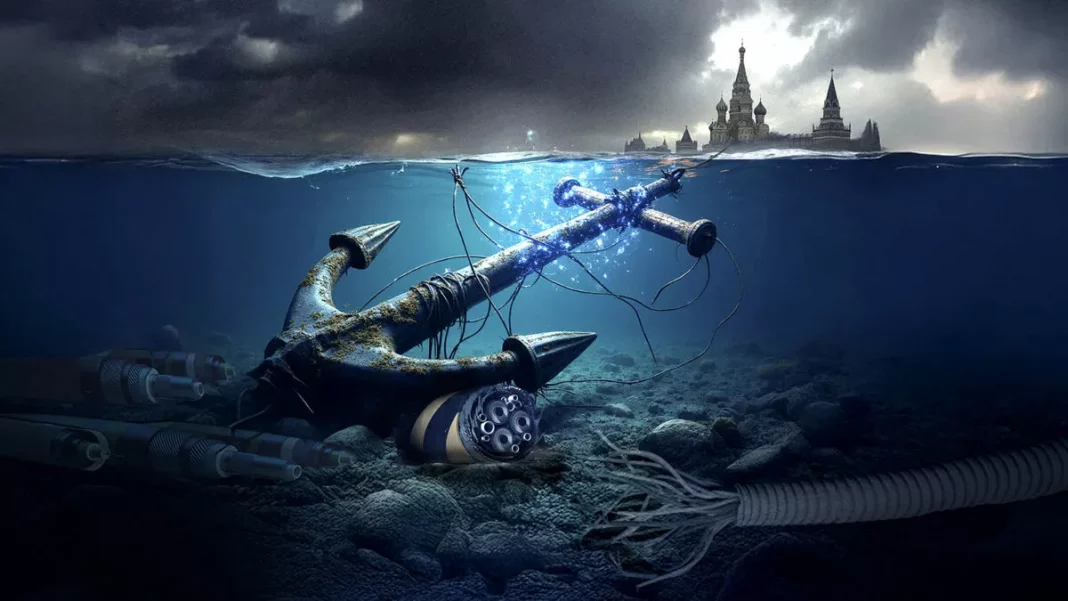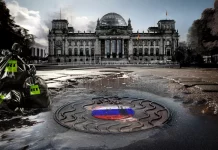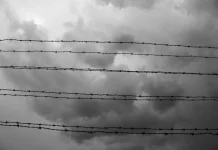By EUvsDisinfo
As undersea infrastructure in the Baltic gets cut, the Kremlin’s disinformation machine churns out cut-and-paste denials and deflections.
Several incidents over the last few years have highlighted the EU’s exposure to hybrid attacks against its critical infrastructure. What often looks like sabotage and disruption has sparked growing concern for the EU. And to muddy the waters even further, the Kremlin’s disinformation quickly follows hot on the heels of these incidents.
From the downing of Malaysia Airlines Flight MH17 by Russian forces in July 2014 to the sabotage of the Nord Stream pipelines in September 2022 the Kremlin’s disinformation playbook relies on a mix of denial, deflection, and fabrication to obscure the truth.
Moscow most recently exhibited its manipulation playbook when two critical fibre-optic cables in the Baltic Sea were cut last November. A similar incident occurred late in December 2024, when a submarine power cable connecting Estonia and Finland suffered a failure.
As investigations into the two episodes proceed, Russian disinformation actors have seized the opportunity to spin the incidents to suit their broader external and internal agenda.
Obfuscation and anti-Western narratives
The coverage of such incidents in the Russian state-controlled and other pro-Kremlin outlets relies on two approaches.
The first is to downplay the incidents by covering them largely through the republication of factual, Western-sourced reports. On its own, this is quite innocuous. However, creating this semblance of journalistic reporting lays the groundwork for the second, far more manipulative approach.
This is to push almost simultaneously the deceptive narrative that these incidents are actually provocations orchestrated by the West to justify an increased military presence in the Baltic region or scuttle Donald Trump’s ‘peace initiatives’, and that they formed part of a broader Western strategy to harm Russia economically and politically.
The same old bogeymen
In line with these narratives, the launch of NATO’s Baltic Sentry mission on 14 January 2025 attracted more interest than the apparent sabotage that prompted it.
On the same day, a pro-Kremlin tabloid Gazeta.ru published an op-ed by retired colonel and military commentator Mikhail Khodaryonok speculating about the reasons behind NATO’s increased presence in the Baltics and hinting at a possible confrontation with Russia. Two days later, Andrei Kolesnik, a former spetznaz officer and Duma deputy, contributed an opinion piece to another pro-Kremlin outlet Vzglyad alleging that NATO’s actions in the Baltic Sea violate international norms of navigation and aim to isolate Russia.
Another outlet suggested that NATO’s ultimate goal was to ‘cut off St. Petersburg from Europe’ and establish total control over maritime navigation in the Baltic Sea, a false claim that plays into the long-standing Russian disinformation narrative of ‘Western encirclement’. Meanwhile, an expert quoted in the piece described NATO’s actions as part of a ‘technology for unleashing World War III’.
Arrr provocateurs!
A few days later, a Russian online outlet published an article headlined ‘the European provocation in the Baltics has failed’, suggesting that Germany, Poland, Finland, and the three Baltic states were responsible for orchestrating the incidents.
And when Swedish authorities on 26 January boarded the Malta-flagged vessel Vezhen following the incident with a fibre-optic cable to Latvia, Kremlin outlets did not hesitate, but claimed that Baltic ‘pirates’ had chased the ship.
The official Russian mix of denial and deflection
Contrary to the Russian outlet’s reaction, which sought to amplify speculative anti-Western narratives, Russian officials were noticeably more subdued in their comments, relying instead on a familiar mix of denial and deflection.
Putin’s spokesperson Dmitri Peskov was the first to react to the earlier incidents in November. Peskov dismissed claims of Russia’s possible involvement as ‘absurd’ and shifted attention by pointing to ‘the absence of any reaction to Ukrainian subversive activities’ in the Baltic Sea, most likely a reference to the pro-Kremlin disinformation narrative which implies Ukraine’s responsibility in the Nord Stream explosion.
Ukraine in the Kremlin sights
Blaming Ukraine is, of course, a consistent theme in Russian disinformation, whether the subject is the downing of Malaysia Airlines Flight MH17 or the sabotage of the Nord Stream pipelines. Pointing the finger at Ukraine remains a convenient tactic for the Kremlin, allowing it to deflect blame while reinforcing its narrative of a hostile and destabilising Kyiv.
Whose fault? Ukraine’s.
Maria Zakharova, the Russian Foreign Ministry spokesperson, added to the narrative first pushed by Peskov by denying any Russian role in the incidents before pivoting to criticism of the EU and NATO for supporting what she described as the ‘terrorist regime in Kyiv’.
Zakharova later accused NATO of using the cable incidents as a pretext to justify its increased presence in the region – a reference to the Baltic Sentry mission – and seeking to ‘turn the Baltic Sea into an internal NATO sea’ and ‘limit Russian oil exports’.
Interestingly, Dmitri Medvedev, former President-turned Security Council member who rarely misses an opportunity to attack the West, remained silent on all of these incidents — perhaps due to his own prior threats to cut underwater communication cables?
No incident left unspun
The truth is that the modern world is interconnected. Moreover, these connections are the lifeblood of commerce, communications and even defence. This interconnectivity is also a crucial agent of cohesion that binds together allies and partners, and enables them to act with resolve and solidarity, whenever needed.
Whether these recent undersea incidents in the Baltic Sea or elsewhere are accidents or deliberate acts may be beside the point. What is certain is that the pro-Kremlin disinformation apparatus will exploit them to sow division and fuel anxiety.
Don’t be deceived.
By EUvsDisinfo





